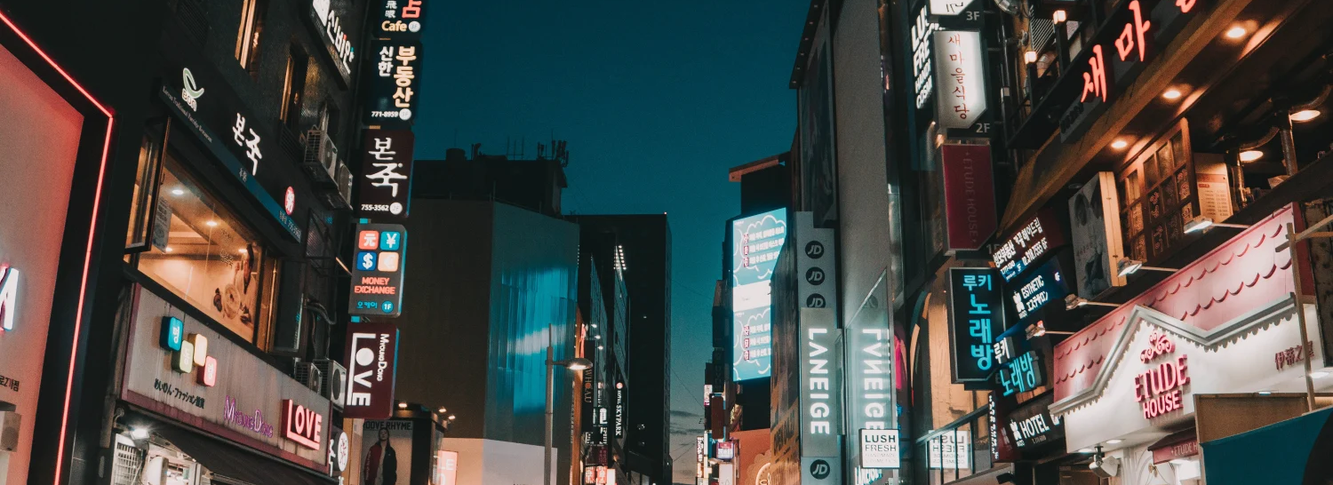| 6 mins read
Considering its conservative past, South Korea is undergoing an unprecedented turn to the left, led by President Moon Jae‐in. Since priority was given to economic growth from the 1960s until the beginning of the 1990s, a close alliance between big business and government has characterised the country's labour market. Economic growth under the auspices of state‐led authoritarian industrialisation in South Korea has been accompanied by a deep‐rooted anti‐communism meant to serve as an ideological and military bulwark against the communist North Korea.
So how could this new inclination toward social democracy in policymaking have been possible? What is the social‐democratic character of these reforms and what are the constraints in implementing them?
South Korea underwent economic development and democratisation without the working class developing a common identity and a resolve to organise collectively. The Asian financial crisis of 1997 inflicted a devastating blow to the labour market and caused hundreds of thousands of people to lose their jobs. When liberal President Kim Dae‐jung took office in 1998, he immediately faced the necessity of opening up the hitherto highly protected labour market to flexibilisation and globalisation, a mandatory condition that the International Monetary Fund (IMF) imposed on its bailout.
This resulted in growing inequality in a dualised labour market that left the trade unions in a marginal role, and citizens feeling bitter towards the neoliberal conditions attached to the bailout. Precarious working contracts are typically accompanied by lower wages and social protection, unsafe working conditions, limited access to work training, and poorer organisational representation for workers.
The candlelight protests
Following a rapid turn of events that led to the impeachment of conservative president Park Geun‐hye, left‐leaning President Moon Jae‐in seems determined to roll back this legacy of labour oppression with the strong support of trade unions and young voters.
This decision – the first of its kind in Korean history – was made possible by a public outcry about the state of affairs. The public expressed its desire for change through protests that took the form of candlelight vigils, which were held throughout winter 2016.
The newly elected government relied on young people in their teens and twenties, who were a remarkable presence at the candlelight protests, but had not appeared particularly interested in political matters up to that point. Moon also benefitted from strong support from labour organisations, another major player in the 2017 candlelight protests. Under the triple promises of promoting income‐led growth, tackling labour market inequalities and fostering a people‐centred economy, the Moon government committed itself to job creation and welfare expansionary policies.
The need for labour market reform was predicated on two structural weaknesses of the South Korean labour market: volatile employment, and the fact that South Korea's public social expenditure only amounts to 10 per cent of its GDP. Its rates of elderly poverty (47.7 per cent) and suicide are the highest and its public expenditure for active labour market policies the lowest among OECD countries. In the face of such an insufficient safety net, getting fired is naturally viewed as a matter of life and death.
Moon rising
The new administration has demonstrated its commitment to bringing about change with a raft of such measures, including: improving atypical work conditions; engineering a major increase of the minimum wage (+16.4 per cent) from 6,470 to 7,530 won; creating 35,000 jobs in the public sector (for firemen and police officers, for example); converting atypical contracts into regular ones for 110,000 workers in the public sector; and other policies.
As this administration concludes its first year of activity, however, several shortcomings remain. Relying on tax and spend policies and expansionary job creation do not directly address the structural problems of low productivity, low wages and dire working conditions. Could Moon be part of a familiar cycle of ‘high hopes and high disappointments’ that is typical of South Korean politics?
On the bright side, the Moon government is well positioned to venture into expansionary, Keynesian public job creation policies, since the country's public debt is still modest by international standards. South Korea's core debt stands at 40.4 per cent of the national GDP according to the Bank for International Settlements (BIS), which is half the average level of G20 countries. Moon also enjoyed considerable popular support (75 per cent) at the end of his first year in office, which was much higher than previous presidents.
But reform also faces several stumbling blocks at the structural level. The recent minimum wage hike represented a structural blow to a labour market dominated by SMEs, which make up 90 per cent of the total. The government has been squeezed between demands for higher wages by low‐income workers and protests against higher payroll costs by the self‐employed and SMEs. The conflict between regular and irregular workers is also emerging as a bitterly divisive factor in the public sector. In general, well‐meaning Keynesian inspired reform does not seem adequate for a weakening economy.
These developments in South Korea imply that there is still considerable cause for concern about the future of social democracy and the way it should adapt to the challenges of a globalised economy.








